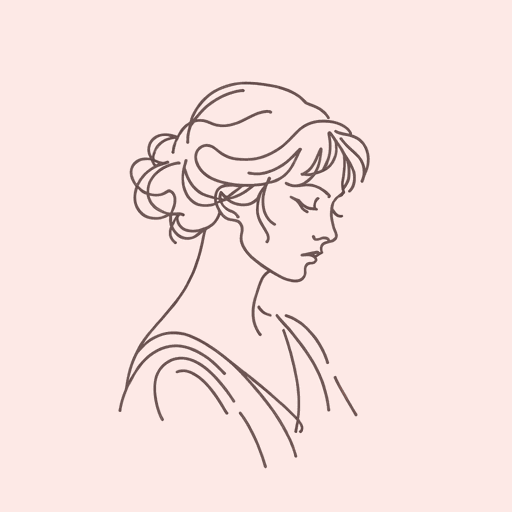30 pages • 1 hour read
Anton ChekhovThe Lady With The Dog
Fiction | Short Story | Adult | Published in 1899A modern alternative to SparkNotes and CliffsNotes, SuperSummary offers high-quality Study Guides with detailed chapter summaries and analysis of major themes, characters, and more.
Background
Literary Context: Russian Realism
“The Lady with the Dog” is one of Chekhov’s most frequently anthologized short stories and, arguably, one of the greatest short stories written. It was originally published in the December 1899 issue of the magazine Russkaya Mysl, or Russian Thought, and featured a brief subtitle: “A Story.” Bookending one of the most prolific periods in Russian literature—the 19th century—Chekhov’s story and his legacy stand alongside other giants of Russia’s literary world.
Among its European and American counterparts, Russian literary realism similarly strove to represent places, experiences, and characters with utmost accuracy. Among his older contemporaries, including Leo Tolstoy and Fyodor Dostoevsky, Chekhov is an expert of realist fiction who is most known for his short stories and plays. Like his fellow writers, Chekhov is fascinated with human experience in all its dimensions. He seems less interested, though, in capturing it in writing on a large scale. Tolstoy’s War and Peace (1869) and Anna Karenina (1878), and Dostoevsky’s Crime and Punishment (1866) and The Idiot (1868-1869), raise profound questions about the meaning of human existence, the significance of morality, and the formation of individual and society.
Related Titles
By Anton Chekhov

At Home
Anton Chekhov

Gooseberries
Anton Chekhov

The Bet
Anton Chekhov

The Cherry Orchard
Anton Chekhov

The Darling
Anton Chekhov

The Death of a Government Clerk
Anton Chekhov

The Duel
Anton Chekhov

The Seagull
Anton Chekhov

Three Sisters
Anton Chekhov

Uncle Vanya
Anton Chekhov

Vanka
Anton Chekhov

